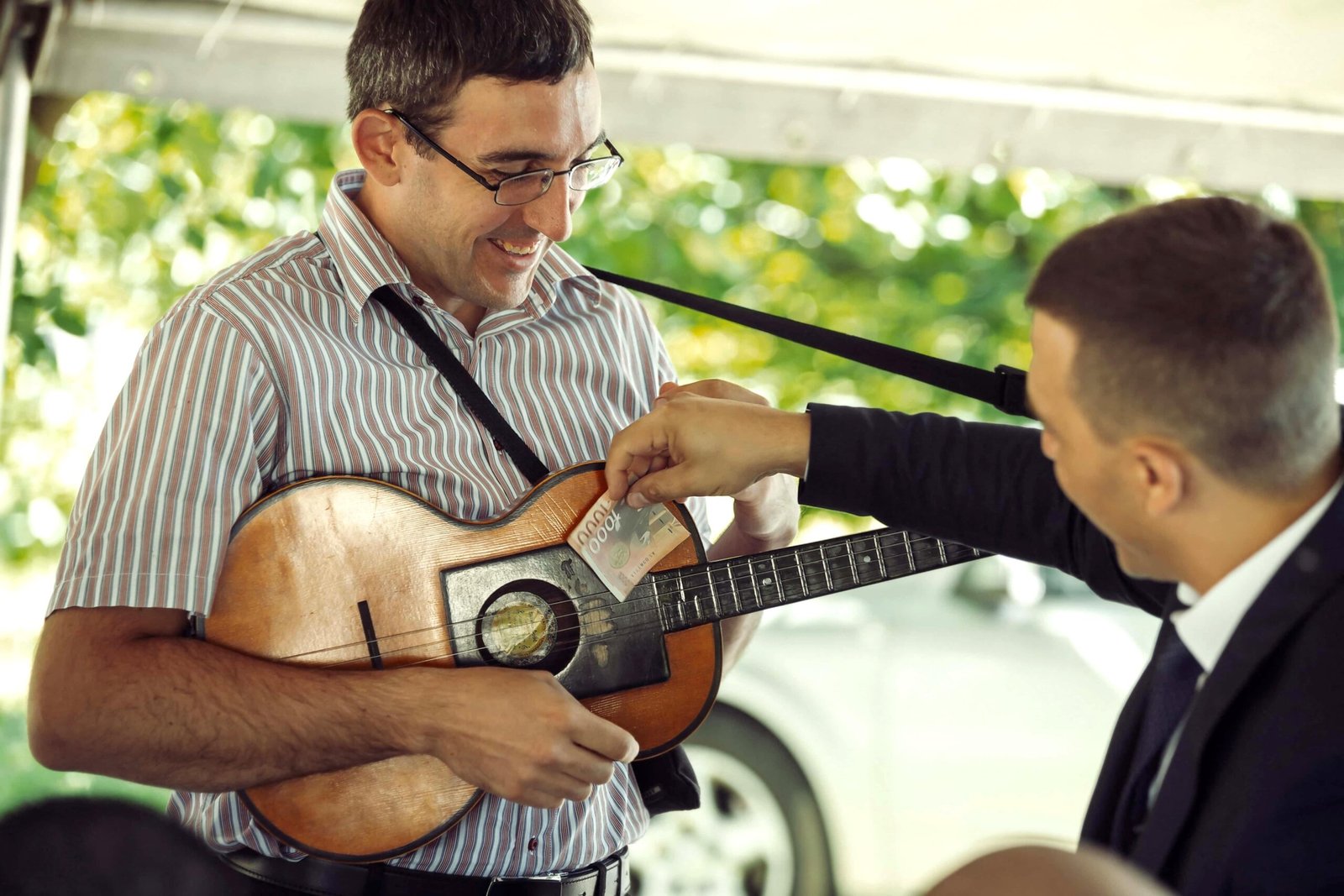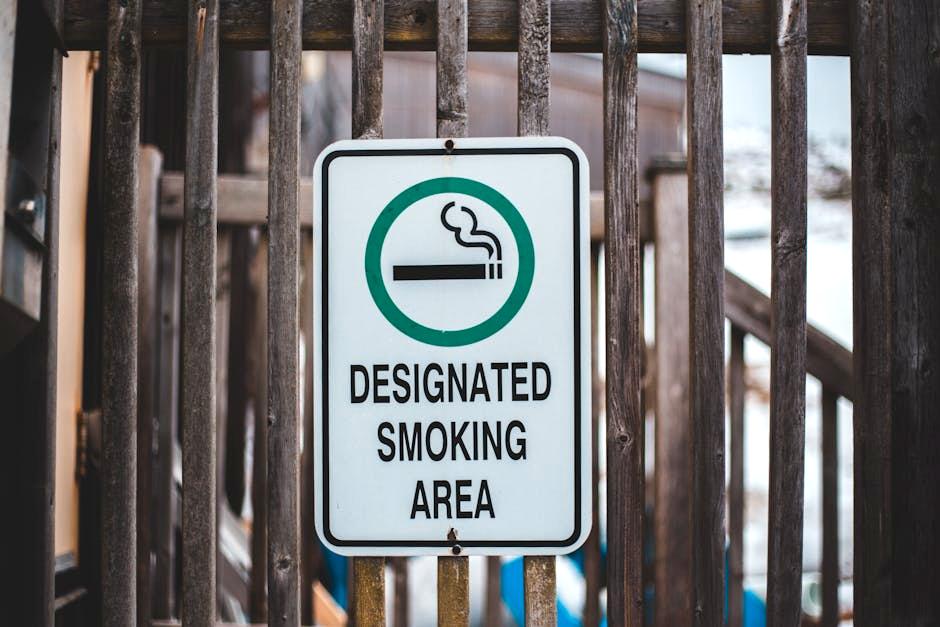Rules of Traveling in the U.S.: What Locals Know and Tourists Miss
Traveling through the expansive and diverse landscapes of the United States is an experience like no other. From the vibrant cityscapes of New York to the tranquil beauty of the Grand Canyon, the U.S. offers a myriad of attractions. However, successful navigation of this vast nation requires more than just a map. By understanding some key unwritten rules that locals live by, tourists can enjoy a richer and more harmonious travel experience. Let’s dive into these understated guidelines that can make your journey more enjoyable.
Understanding Personal Space

In the U.S., personal space is a concept as vast as its landscapes. Americans value their personal bubble, and respecting this invisible boundary is key to smooth social interactions. When standing in line or using public transport, it’s customary to maintain a reasonable distance from others. Think of it like a hula hoop around each person – that’s the space you avoid encroaching upon. This unwritten rule extends to elevators and even casual conversations, where stepping too close can be perceived as intrusive. Respecting personal space doesn’t just prevent awkward encounters; it shows cultural awareness, which locals appreciate.
Navigating Tipping Etiquette

If there’s one thing that often confuses visitors to the U.S., it’s tipping. Unlike many other countries, tipping is not just appreciated but expected. Typically, in a restaurant setting, a tip of 15% to 20% is the norm, depending on the quality of service. It even extends beyond dining; taxi drivers, hotel bellhops, and hairdressers all anticipate gratuities. One way to think about it is as a gesture of gratitude, rewarding those who help make your U.S. experience enjoyable. Failing to tip can be seen as neglectful since many service industry workers rely heavily on these tips to bolster their wages.
Adhering to Traffic Laws and Pedestrian Behavior
In the sprawling towns and cities across America, traffic laws are taken very seriously. Both drivers and pedestrians are expected to adhere strictly to these regulations. Jaywalking – crossing the street without using a designated crosswalk – is not only frowned upon but can result in fines. Pedestrian signals should be respected, ensuring safety and conformity with local laws. For visitors, paying heed to these rules not only avoids legal predicaments but also ensures a safer journey. Remember, in a country where cars drive vast distances, street safety is paramount.
Observing Queue Etiquette

If you find yourself in line at a coffee shop or waiting for a show, understand the American reverence for queues. Standing in an orderly line is almost second nature here, and cutting ahead is met with disapproval. When everyone respects the queue, it reflects a mutual understanding and regard for others’ time. Picture it as an unwritten pact; each person’s turn is anticipated and respected. It’s a straightforward rule which, when followed, may save you from uncomfortable stares and ensures fair play for everyone involved.
Engaging in Small Talk

For many Americans, small talk is the social glue that holds brief interactions together. Tuning into topics like the weather, sports scores, or the latest in local news can lead to interesting, albeit brief, exchanges. Think of it as a friendly handshake that opens doors to deeper conversations. Small talk fosters approachability and helps establish a rapport even in fleeting encounters. Whether you’re striking up a chat with a barista or a fellow commuter, a touch of small talk can ease social moments and spread a friendly vibe.
Respecting Smoking Regulations

With strict smoking laws in place, the U.S. doesn’t leave much room for misunderstanding regarding where you can light up. Smoking is generally prohibited in indoor public spaces and some outside areas as well. Signposted smoking zones are provided for those needing a smoke, and it’s essential to seek them out. This isn’t just about legal compliance; it’s about respecting the health expectations and shared spaces of all who live or visit here. Not abiding by these rules can lead to fines or social scorn, so being conscious of one’s surroundings is a sound approach.
Understanding Alcohol Consumption Laws

In the U.S., the legal right to a drink kicks in at 21, and compliance is strictly monitored. There’s an intricate web of state-specific laws around open container prohibitions and where alcohol can be legally consumed. Visitors should study these local guidelines, or they might inadvertently break the law. Further, having valid identification ready when buying alcohol is a common practice, as age verification is the norm. These rules may seem exhaustive, but they are worth respecting to ensure your visit remains distraction-free and enjoyable.
Navigating Public Transportation Etiquette
Public transit systems across the U.S. welcome numerous passengers each day, and courtesy is expected to maintain a pleasant environment. Offer your seat to someone in need, keep your conversations muted, and always use headphones when listening to music. Avoid bringing meals with strong odors, as this can affect fellow travelers. Even your bags should be kept in allotted sections or on your lap, leaving space for others. This might sound like an additional bother but bears significance to ensure everyone enjoys a comfortable ride.
Observing Quiet Hours

Peace is highly cherished, particularly in residential zones and accommodations. This is where the etiquette of quiet hours comes into play. In general, evenings and early mornings are designated as quiet periods. Keeping disturbances to a minimum during these periods shows deference for other people’s rest. Whether it’s turning the volume down or controlling a loud group conversation, being considerate promotes harmonious communal living, which is overwhelmingly appreciated by locals.
Embracing Cultural Sensitivity

The U.S. is a vast tapestry of cultures, and tourists are encouraged to respect this diversity. Avoid pre-judgments based on appearances and be receptive to learning about differing customs and traditions. Use inclusive language and heightened awareness to navigate cultural sensitivities, and you’ll foster positive interactions. By cherishing this multicultural confluence, visitors avoid alienating themselves, further enriching their travel through insightful exchanges with the multi-faceted society of America.
